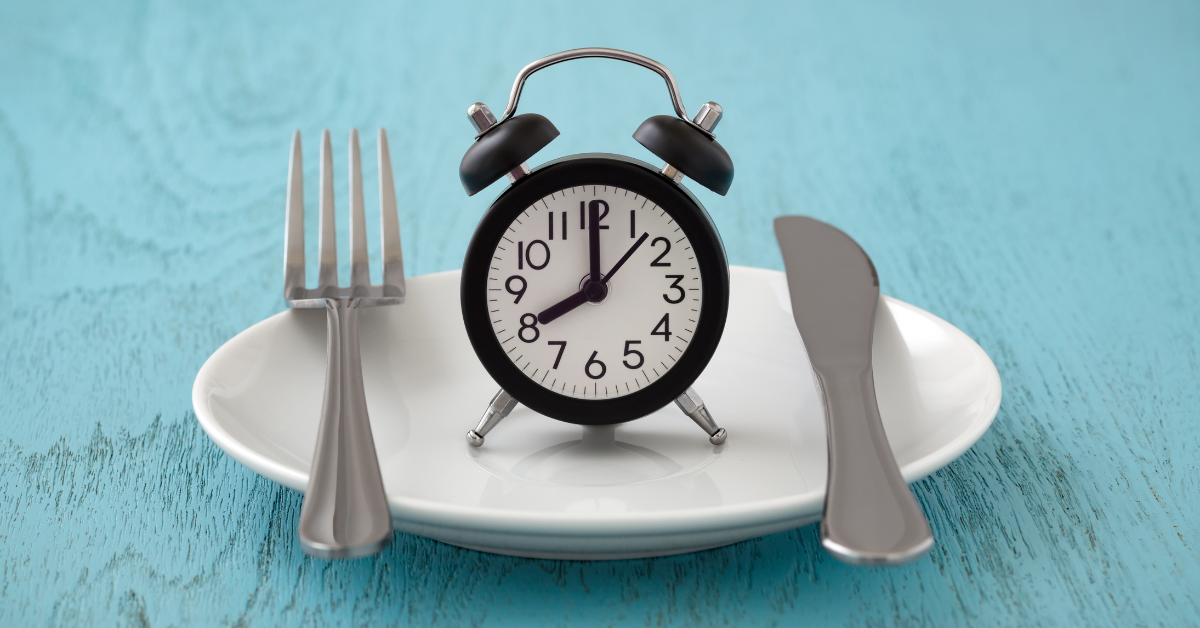Intermittent Fasting After 40: Smart or Risky?

Intermittent fasting (IF) has exploded in popularity — and for good reason. It’s simple, flexible, and doesn’t require counting calories or giving up your favorite foods.
But if you're over 40, your body isn’t the same as it was at 25. Hormones shift, metabolism slows, and stress tolerance often decreases.
So the question becomes: Is intermittent fasting still a smart strategy for fat loss after 40 — or could it actually backfire?
Let’s break it down.
⏱️ What Is Intermittent Fasting?
Intermittent fasting is not a diet — it’s a pattern of when you eat, not necessarily what you eat.
The most common method is 16:8:
- 16 hours fasting (no calories)
- 8 hours eating window (ex: 12pm–8pm)
Other versions include:
- 14:10 (more gentle)
- 18:6 or OMAD (advanced — not for everyone)
During the fast, your body shifts from burning glucose to burning fat, improves insulin sensitivity, and lowers inflammation — all important for long-term fat loss and energy.
👩⚕️ What Changes After 40?
Once you hit 40, things change:
- Insulin sensitivity declines → making fat storage more likely
- Muscle mass decreases → slowing metabolism
- Cortisol rises → making your body hold on to fat, especially around the belly
- Thyroid and sex hormones fluctuate → impacting energy, mood, and fat-burning potential
This means your body may be more sensitive to fasting stress — especially if paired with under-eating or too much cardio.
✅ When Fasting Is Smart After 40
Intermittent fasting can be incredibly effective when done right. Here’s when it helps:
You sleep well and wake with energy:
- Your stress hormones are likely balanced
You eat enough protein and calories during your eating window:
- Prevents muscle loss and metabolic slowdown
You pair fasting with strength training or daily walking:
- Builds lean muscle and supports insulin sensitivity
You avoid ultra-processed snacks when breaking your fast:
- Keeps your blood sugar and cravings stable
👉 Related: How Walking Every Day Supports Fat Loss After 40
⚠️ When Fasting Can Backfire After 40
Intermittent fasting might not be right if:
You’re always tired, cold, or moody:
- Signs your metabolism or thyroid may be suppressed
You’re skipping meals but not eating enough overall:
- Fasting becomes prolonged under-eating = stress response
You’re already dealing with high cortisol or sleep issues:
- Fasting adds more stress = belly fat storage
You break your fast with sugar-heavy foods or caffeine only:
- Blood sugar rollercoaster → fat storage and cravings
👉 Related: Why Fatigue After 40 May Be Hormonal, Not Just Lifestyle
🔍 Best Practices: Fasting After 40 (The Smart Way)
Start slow: Begin with a 12:12 or 14:10 window before jumping to 16:8
Don’t fast every day: Give your body breaks, especially on workout or high-stress days
Eat nutrient-dense meals: Focus on protein, healthy fats, fiber, and minerals
Monitor energy, mood, and sleep: If they decline — adjust
Listen to your body, not just your schedule
👉 Related: 3 Morning Habits That Help Burn Belly Fat After 40
Final Thoughts
Fasting isn’t magic — but it can be powerful when used with care.
After 40, your body requires more nuance. Intermittent fasting can help reset insulin, reduce belly fat, and improve energy — but only if it supports your overall health.
If fasting feels good, improves energy, and supports lean strength — it’s working. If it drains you, stresses you out, or disrupts sleep — it’s time to rethink it.
Use fasting as a tool, not a rule.
References
- Longo, V. D. (2018). The Longevity Diet. Penguin Random House.
- Patterson, R. E., & Sears, D. D. (2017). Metabolic effects of intermittent fasting. Annual Review of Nutrition.
- Fung, J. (2016). The Complete





